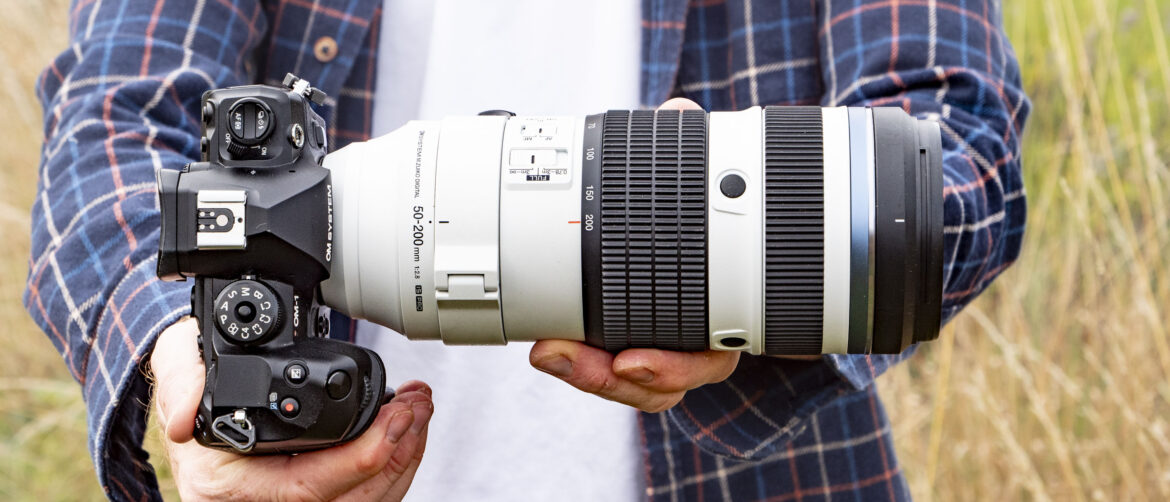A U.S. government shutdown and fresh stress in Japan’s bond market failed to derail digital assets this week, as traders positioned for looser global liquidity conditions.
With Friday’s U.S. payrolls report potentially delayed and Japanese yields climbing to their highest levels since 2008, crypto markets are showing signs of decoupling from broader macro caution.
The setup has fueled expectations that policymakers may eventually be forced to ease financial conditions, creating a friendlier backdrop for risk-taking.
“The U.S. government shutdown and weak employment numbers from ADP have impacted markets this past week. Traders believe that these catalysts could be making a case for the Fed to further stimulate the economy and cut rates through the rest of the year, which could boost stocks and cryptocurrencies,” said Jeff Mei, COO at BTSE, in a Telegram note to CoinDesk.
Shutdowns that delay data and weaken fiscal visibility often encourage central banks to act more cautiously, while rising yields in Japan hint at policy shifts that could ripple through global funding markets.
For crypto, these dynamics translate into speculation over fresh inflows and renewed appetite for volatility.
Bitcoin traded near $118,700, gaining more than 3% in the past 24 hours, while ether rose 5.6% to $4,374. Solana added nearly 7% to reach $223, and dogecoin surged almost 9% to $0.25, extending its outperformance among majors.
XRP steadied at $2.97 after volatile swings around the $3.00 level earlier this week. The broad rally lifted the market capitalization of all digital assets to over $2.37 trillion, per CoinMarketCap data.
Meanwhile, volatility metrics also reinforce the picture of steadier markets.
“The major theme this quarter is with lower implied volatilities, evident across equities, rates, FX, and even BTC. This has been driven by a collapse in realized volatilities thanks to an accommodative Fed, stabilizing global GDP, lack of significant tariff-passthroughs on CPI readings, and a flattening of geopolitics and tariff surprises,” said Augustine Fan, Head of Insights at SignalPlus, said in an email.
With bitcoin consolidating just under $119,000 and dogecoin pushing higher, the coming weeks may show whether flows can sustain momentum or whether renewed pressure from Washington and Tokyo will test crypto’s bid for decoupling.




